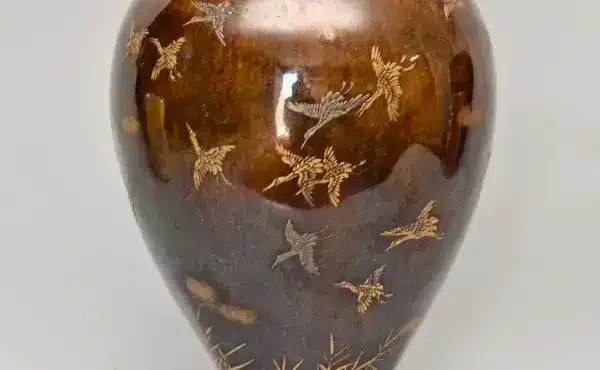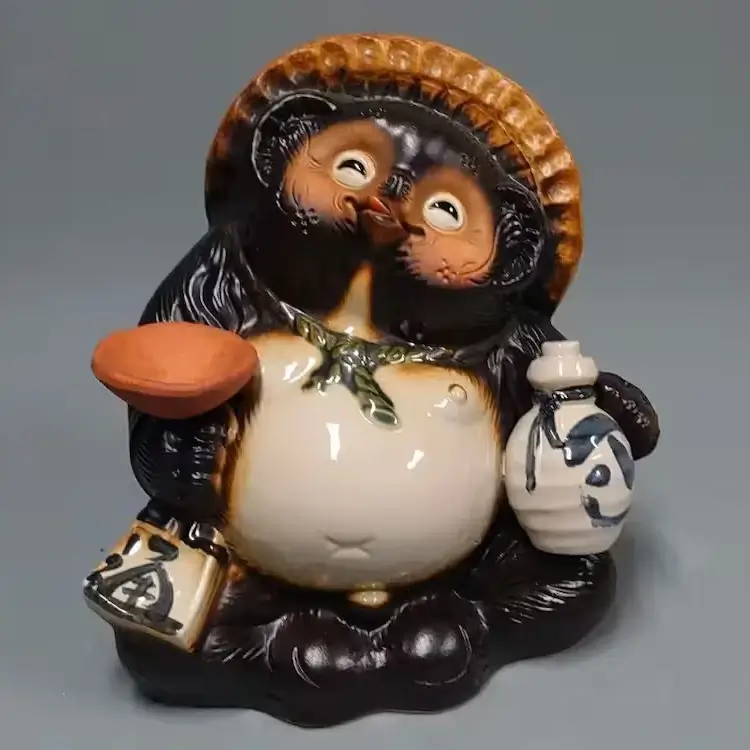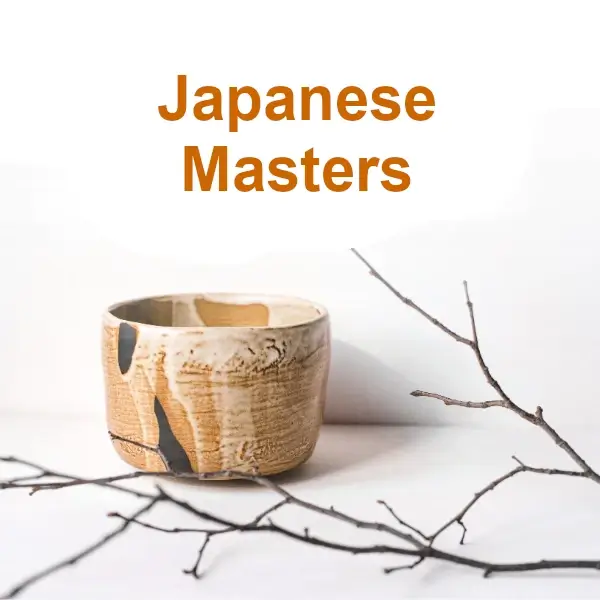Takatori Ceramics: One of the most appreciated in Japan.
Takatori ware, originating in northern Kyushu since the 17th century, is a sublime expression of aesthetics and technique in Japanese art, though not as well known as other Japanese ceramic forms.
Initially created by Korean potters in the Edo era and perfected over nine generations under the patronage of the Kuroda daimyō, this pottery is distinguished by its quality and continuity of tradition.
Takatori’s master craftsmen have channeled their personal sensibility into each work, creating unique pieces for the tea ceremony and other arts, maintaining a constant dialogue between innovation and the preservation of tradition. Discover the depth of this artistic heritage that defies the passage of time and continues to inspire beauty and contemplation.
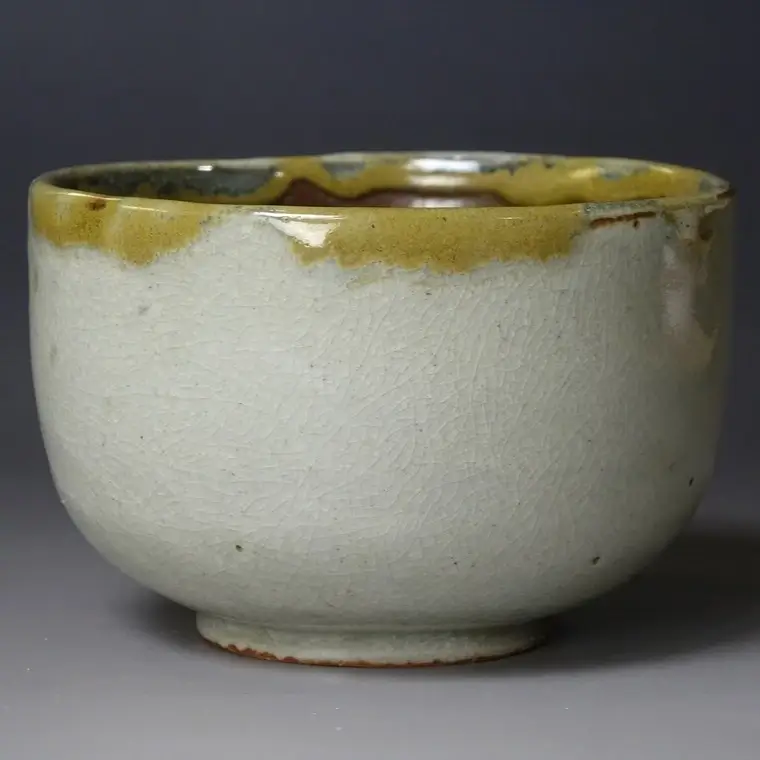
History and Evolution of Takatori Ceramics
Takatori ware, with its roots in Japanese tea culture, emerged in northern Kyushu in the early 17th century, marked by the influence of Korean craftsmen and the close relationship with the feudal Kuroda lords. This alliance with the ruling elite not only provided an auspicious beginning for Takatori ware, but also ensured its evolution and refinement through the ages, adapting to changing aesthetic tastes and functional needs.
The transition from rudimentary beginnings on Mt. Takatori to more sophisticated techniques reflects the constant search for artistic excellence, influenced notably by the interaction with Japanese ceramics and the aesthetic preferences of figures such as Furuta Oribe. This fusion of styles culminated in the creation of the renowned “Oribe Takatori”, a unique expression of beauty in discordance.
Over time, this art of clay working became even more distinguished under the influence of Kobori Enshu, adopting the elegance of the kirei-sabi style. This era, known as “Enshu Takatori,” highlights the ability of Takatori artisans to innovate while honoring Japan’s rich pottery history, a tradition that continues to inspire to this day.
Unique Techniques and Styles of Takatori Ceramics
The techniques and styles that define Takatori ceramics have been perfected over the centuries, resulting in a diversity of forms and finishes that reflect a deep aesthetic and technical appreciation. This pottery tradition works a very special type of glazed pottery, of great beauty and simplicity.
This ceramic tradition, guarded and enriched by generations of master craftsmen, stands out for the use of fine clays from the Edo period and natural Kyushu glazes, as well as for the transmission of knowledge from master to apprentice, which ensures the continuity of its uniqueness.
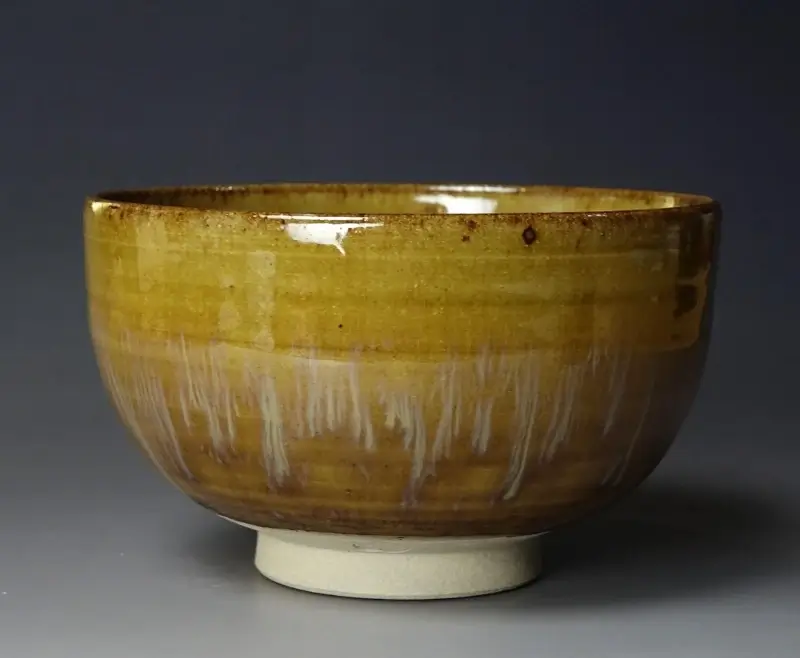
Treasures of Oldtimes piece
In the Oganotani workshop, for example, they excelled in creating small, utilitarian sculptural pieces, such as incense burners and incense boxes, many of which bore the signature of the samurai artist Inatomi Kizaemon, known as Taikyûken Hôenshi.
The influence of other artists on the designs of Takatori’s pieces, such as the tea bowls with designs painted by Kyoto artist Miyazaki Yûzen, highlights the interaction and collaboration between different artistic disciplines in Takatori’s production.
The evolution of Takatori styles, from the earliest works influenced by Korean techniques to the refined ceramics of the Enshu Takatori era, demonstrates a constant search for beauty and perfection. This artistic exploration is reflected in the tea ceremonies, where this aesthetic finds a privileged place in the creation of the famous Japanese chawan bowls, anticipating the cultural influence it will exert, a subject we will explore later in this article.
The best works in Japanese ceramics
The Cultural Influence of Takatori Handicrafts
Takatori Ware, beyond its renowned beauty and technique, has exerted a significant cultural influence in Japan, especially in the tradition of the tea ceremony. Since its founding by Korean potters in the 16th century, it became deeply integrated into the Japanese cultural fabric, especially under the protection of the Kuroda lords in Chikuzen province. This cultural integration was reinforced by the close relationship between Takatori wares and the aesthetic practices of the tea ceremony.
Takatori’s unique styles, such as Oribe and Enshu, reflect not only technical and formal innovations, but also a deep understanding of the Japanese aesthetic principles of wabi-sabi, which appreciate beauty in imperfection and transience. The influence of prominent tea ceremony masters, such as Kobori Enshu, helped position Takatori pottery as an indispensable craft in Japanese high society and tea culture.
In addition, the heritage of Takatori pottery continues to inspire generations of potters and artists, keeping alive the legacy of innovation and artistic excellence. This legacy, perpetuated by the Miraku dynasty, remains a testament to the unique intersection of craftsmanship, culture and history in Japan’s pottery tradition.
Tanuki: The raccoon dog with a magical scrotum and great fortune
Yoshimi Futamura: A Journey Between Ceramics and Visual Poetry
